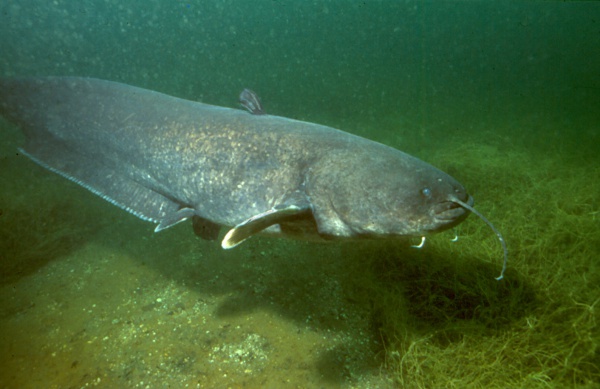Facts About Wels catfish
The wels catfish, also known as sheatfish, is an impressive and intriguing species of catfish found across central, southern, and eastern Europe, as well as parts of Asia. Recognizable by its broad, flat head and wide mouth, this fish can live for over fifty years and thrives in large, warm lakes and deep, slow-flowing rivers, often seeking out sheltered spots.
Diet-wise, the wels catfish isn't too finicky. It consumes a variety of food items, including worms, insects, fish, and occasionally even birds. With its mouth lined with small teeth, barbels (whisker-like structures) on its jaws, and a long anal fin, this catfish is well-equipped for hunting. It relies heavily on its senses of hearing and smell and can see in low-light conditions.
These fish can grow to astonishing sizes, with some reports of wels catfish reaching lengths of up to 5 meters and weighing over 300 kilograms, though such giants are rare.
However, the introduction of wels catfish to regions outside their native range has raised some concerns. For instance, in Lake Victoria, Africa, their presence has been linked to declines in native fish populations and disruptions in the local ecosystem due to their predatory nature.
When it comes to breeding, female wels catfish are quite prolific, laying thousands of eggs that the males guard until they hatch. While the flesh of younger catfish is considered good eating, larger ones can accumulate toxic contaminants and are not recommended for consumption.
Wels catfish are also popular among sport fishers due to their size and strength, though there have been rare reports of large catfish attacking humans. This species is part of a broader group of related catfish, including Aristotle's catfish and the Amur catfish, found in various regions.

 Hungary
Hungary